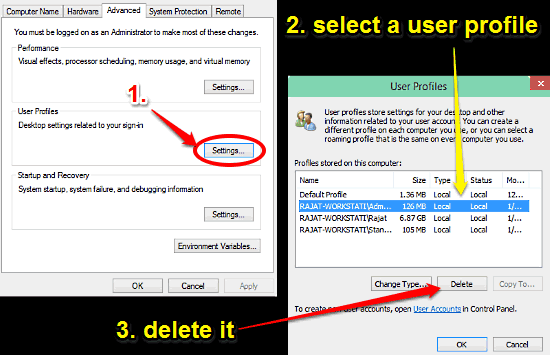
How To Delete User Profiles In Windows 10?
This tutorial details how to delete user profiles in Windows 10. You can delete the corrupted user profiles to remove left over junk files and fix errors.
→
This tutorial details how to delete user profiles in Windows 10. You can delete the corrupted user profiles to remove left over junk files and fix errors.
→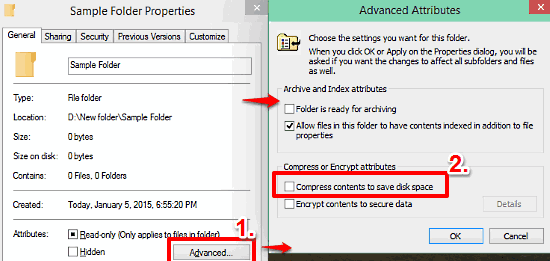
This tutorial describes how to use file and folder compression in Windows 10. You can use the native NTFS compression on files, folders, & even whole disks.
→
This tutorial explains how to configure user permissions for files and folders in Windows 10. This can prevent any unauthorized access to files and folders.
→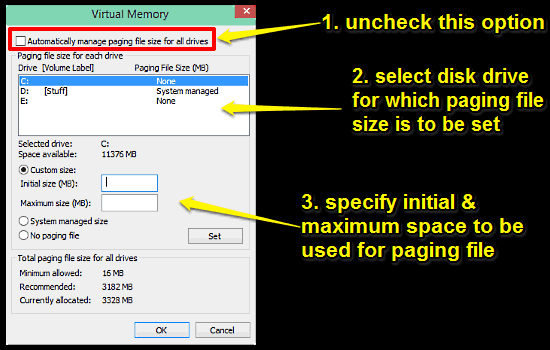
This tutorial explains how to manage paging file size for disk drives in Windows 10. You can specify custom paging file size, to be used as RAM by the OS,
→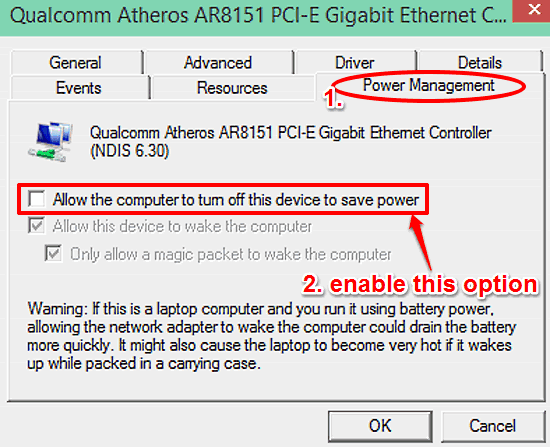
This tutorial details how to configure the computer to automatically turn off some devices to save power in Windows 10. This is available for some devices.
→
This tutorial details how to disable write caching for disk drives in Windows 10. This can reduce the chances of data loss in case of power/device failure.
→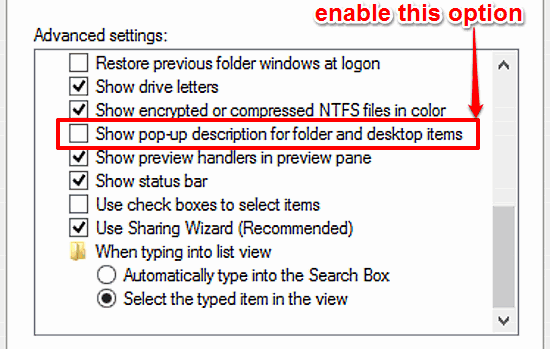
This tutorial describes how to enable pop-up description for folder and desktop items in Windows 10. This lets you get information by hovering mouse pointer
→
This tutorial outlines how to disable system services in Windows 10. You can permanently disable system & other services via System Configuration dialog box
→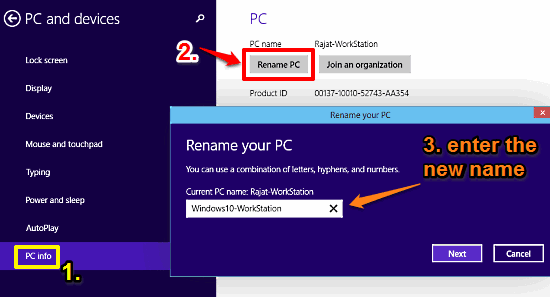
This tutorial describes how to change the computer name in Windows 10. You can change automatically assigned default computer name to a more intuitive one.
→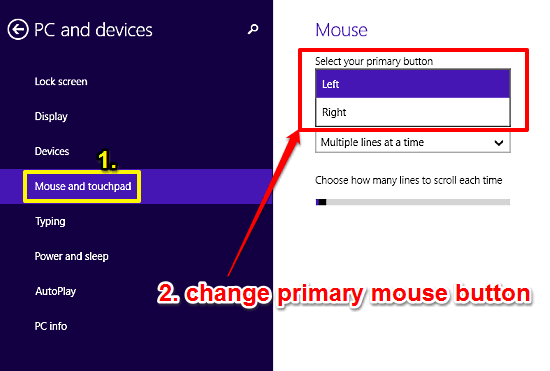
This tutorial details how to change primary mouse button in Windows 10. This can be used for make the right mouse button as primary, for left handed users.
→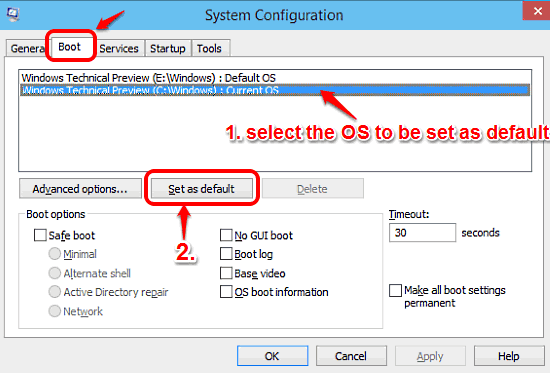
This tutorial explains how to set an Operating System as default on a multi boot PC in Windows 10. You can do it via the Boot tab of System Configuration.
→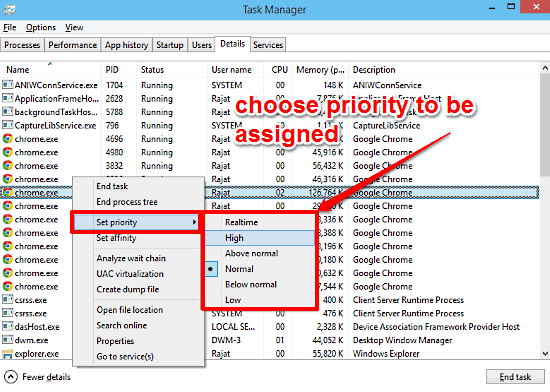
This tutorial explains how to change the priority of a process in Windows 10. You can assign higher or lower priority to processes, on an on-demand basis.
→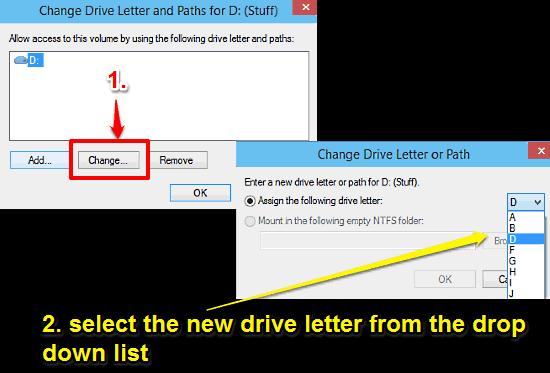
This tutorial explains how to change drive letters in Windows 10. Using the Disk Management sub-module of Computer Management, you can change drive letters.
→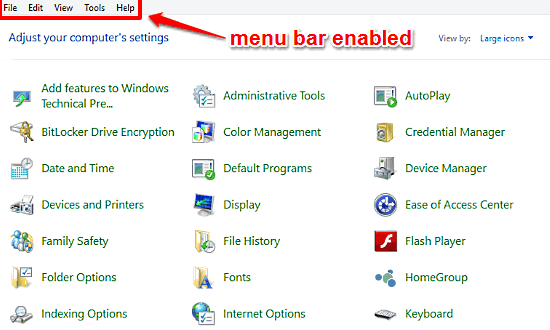
This tutorial details how to enable Menu Bar in Windows 10. You can enable the classic Menu Bar in locations that don’t have Ribbon UI, like Control Panel.
→